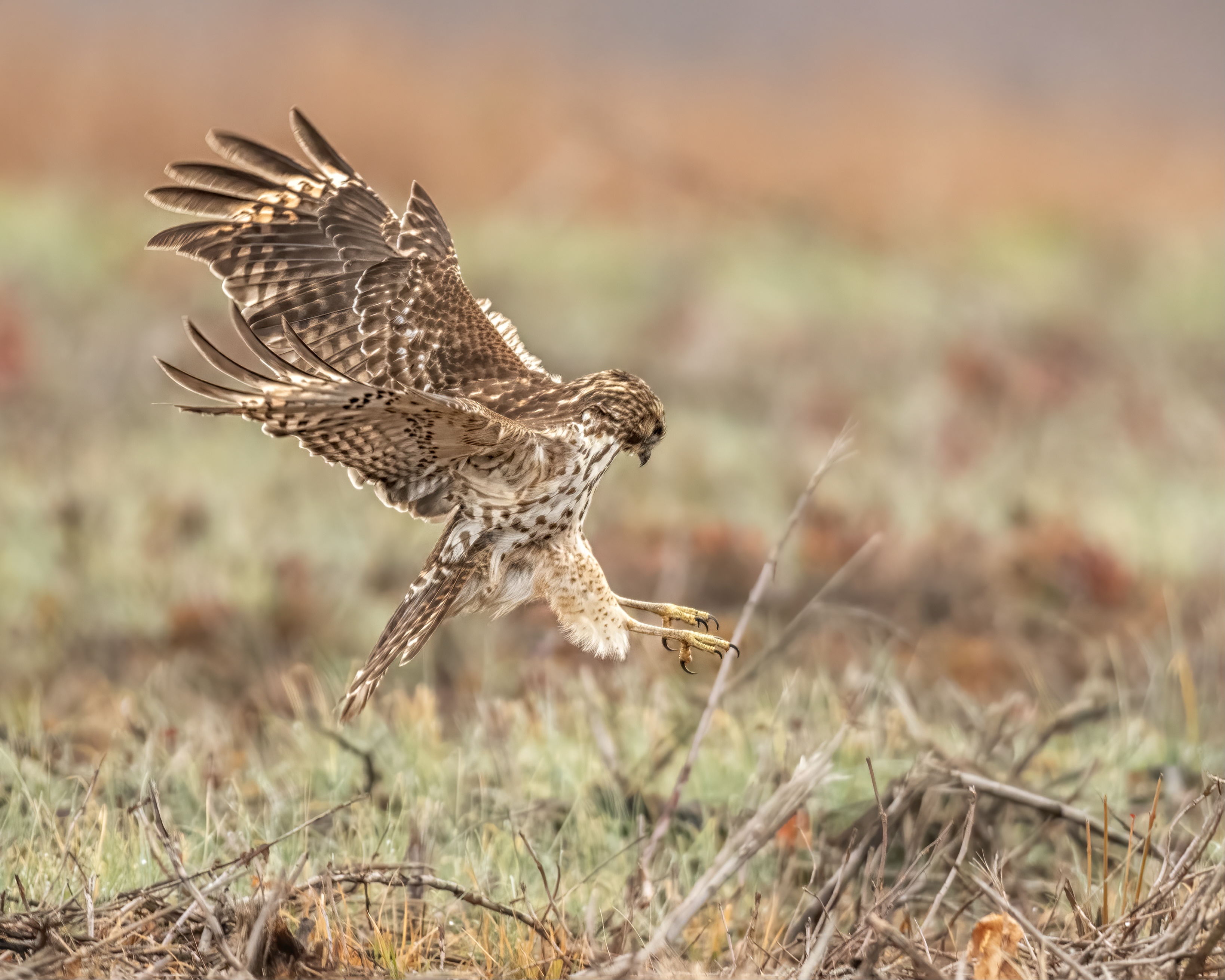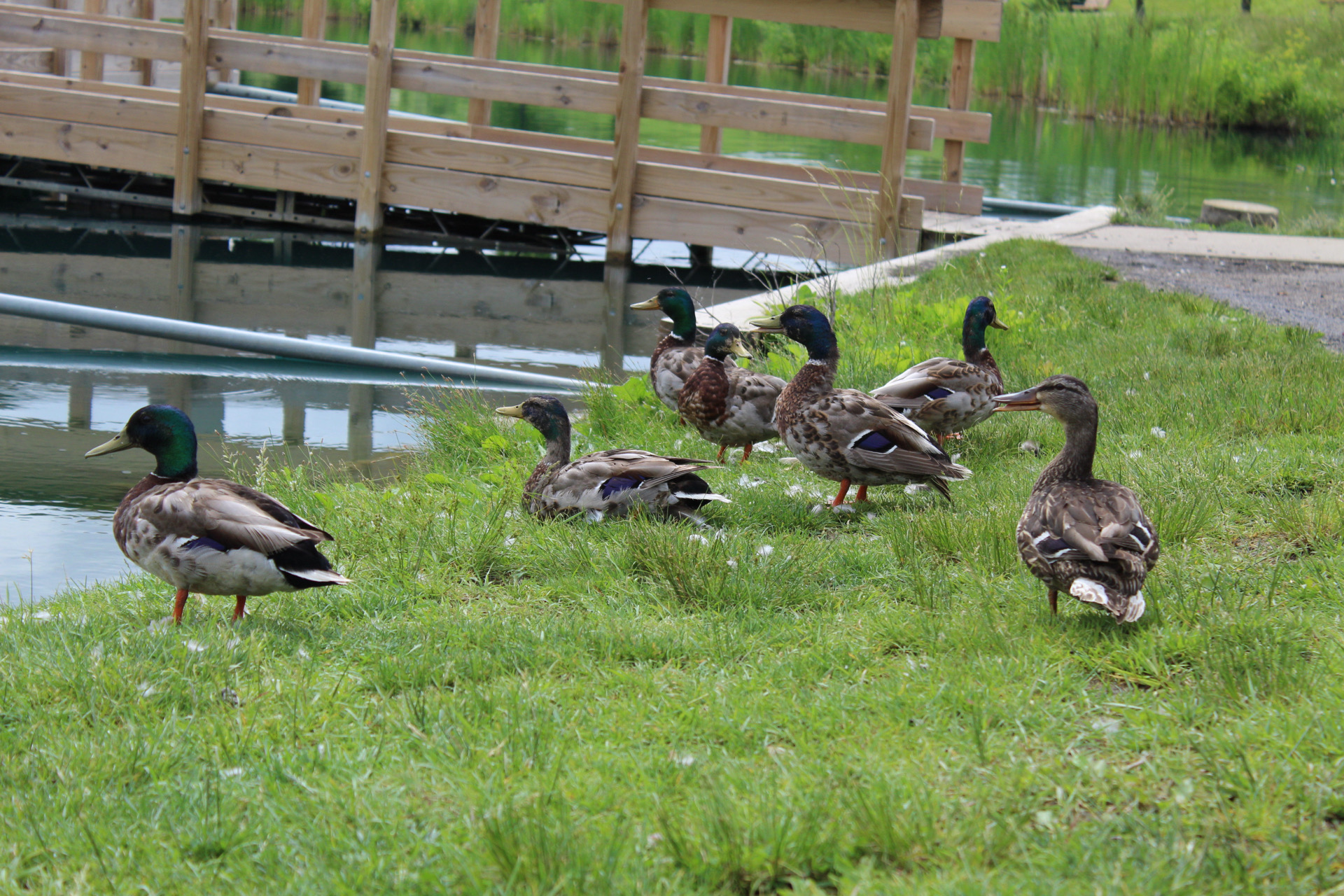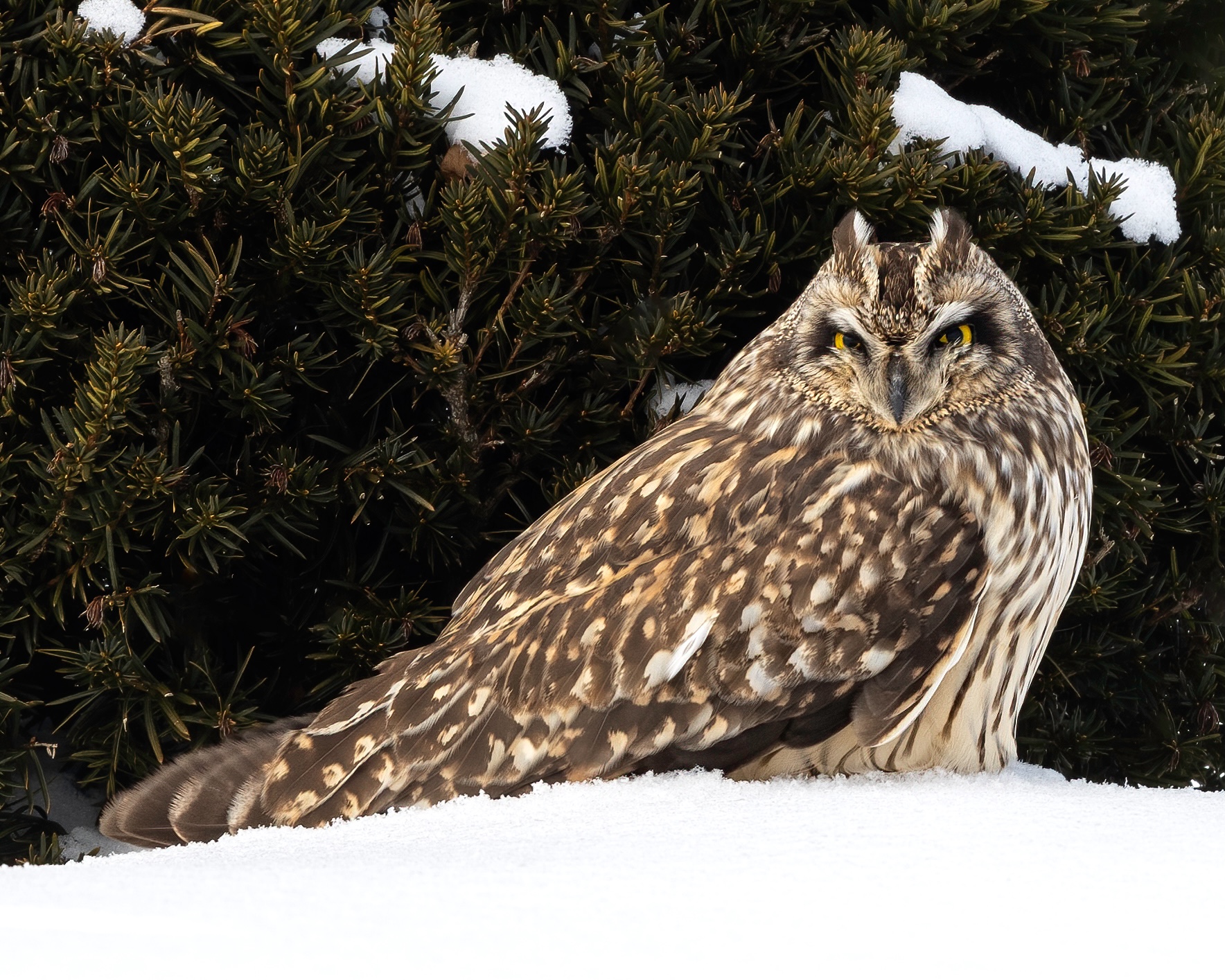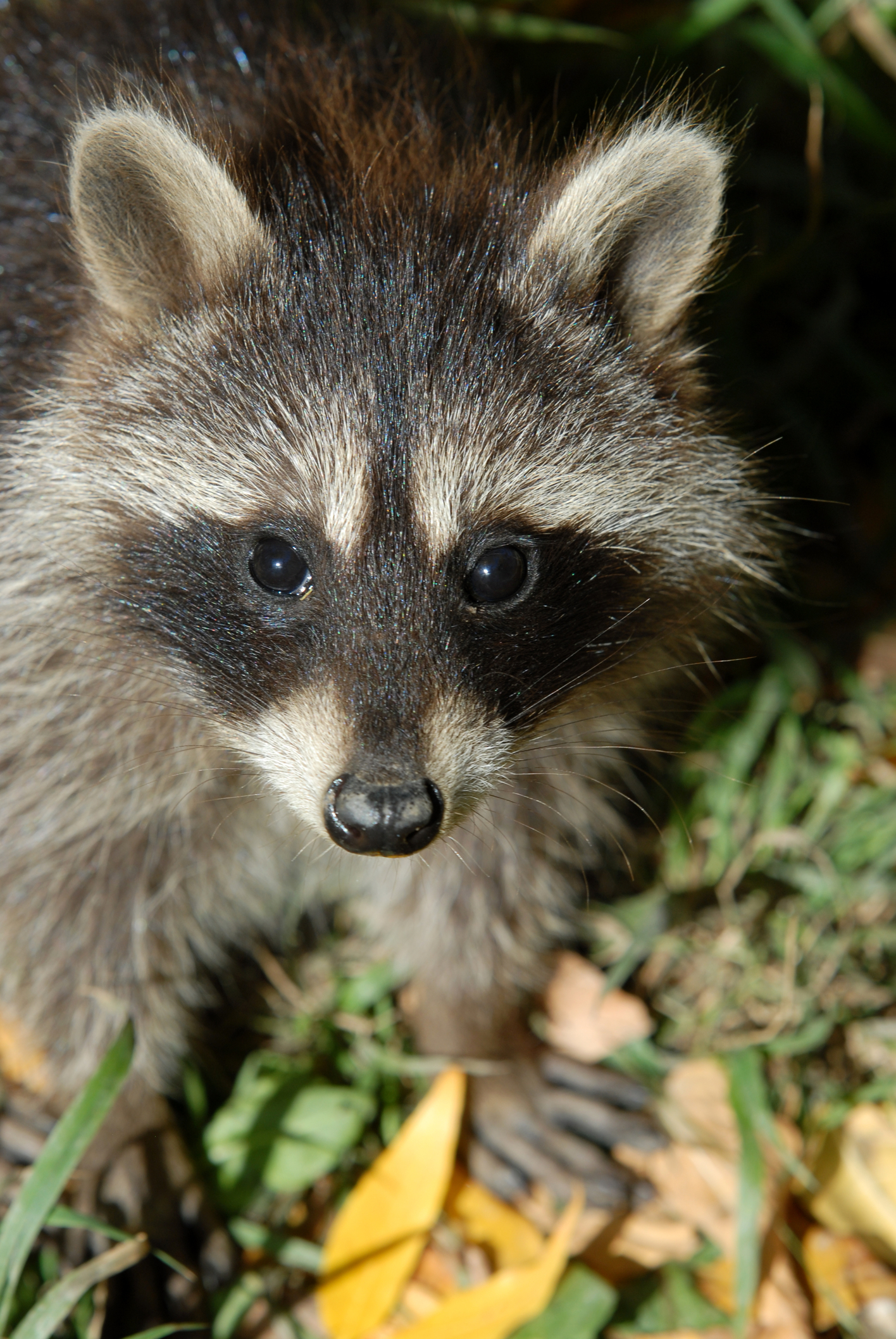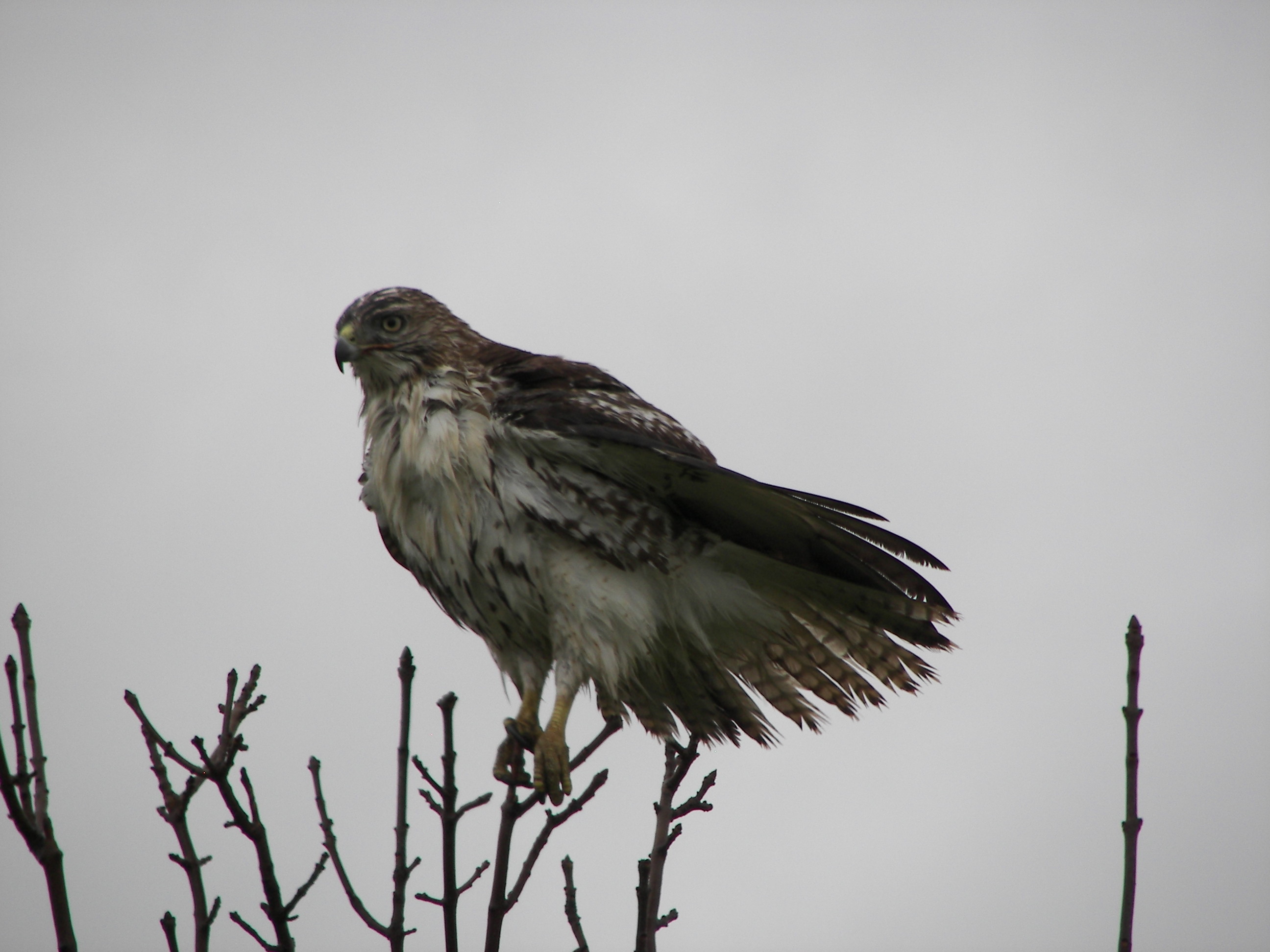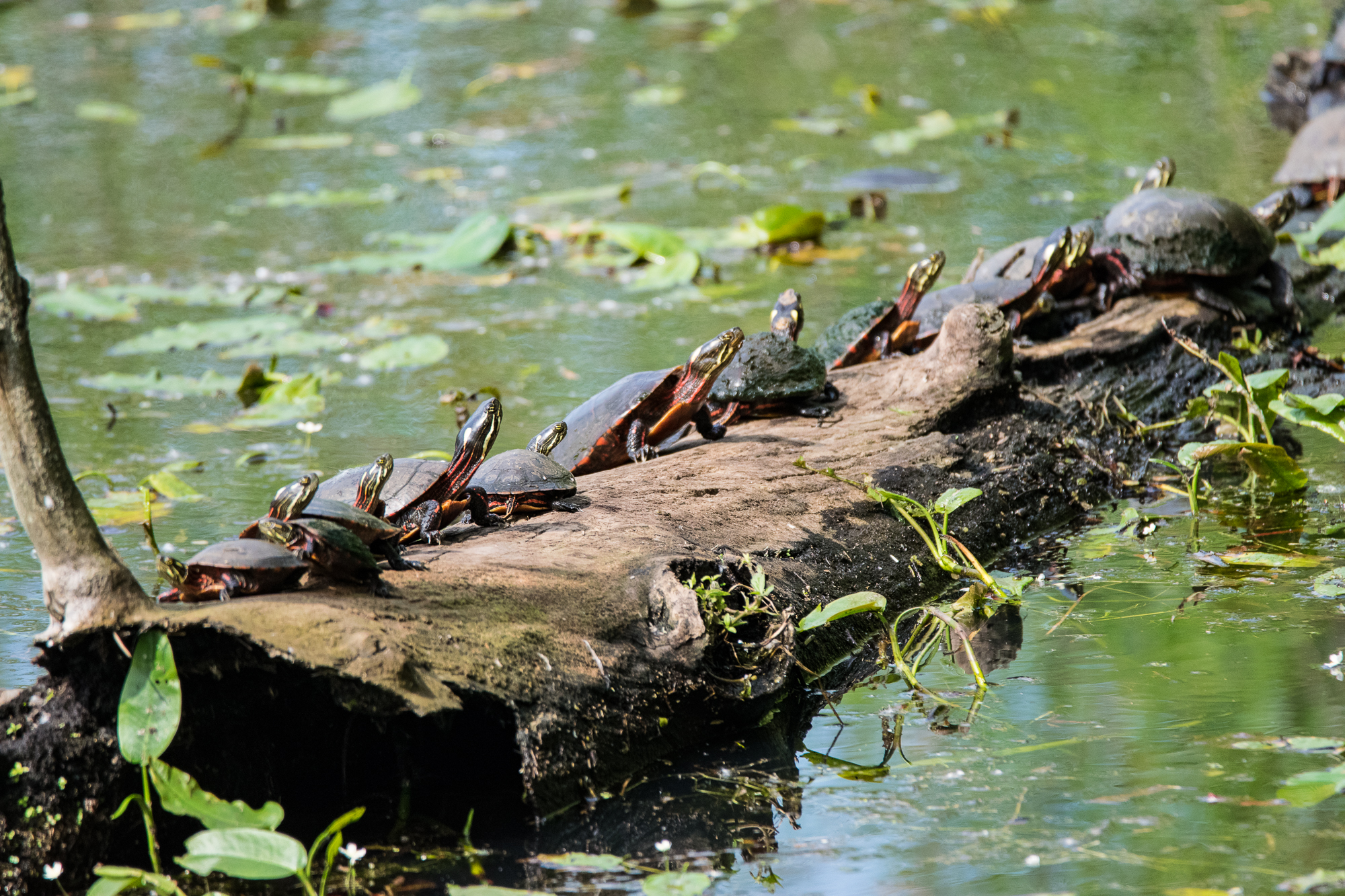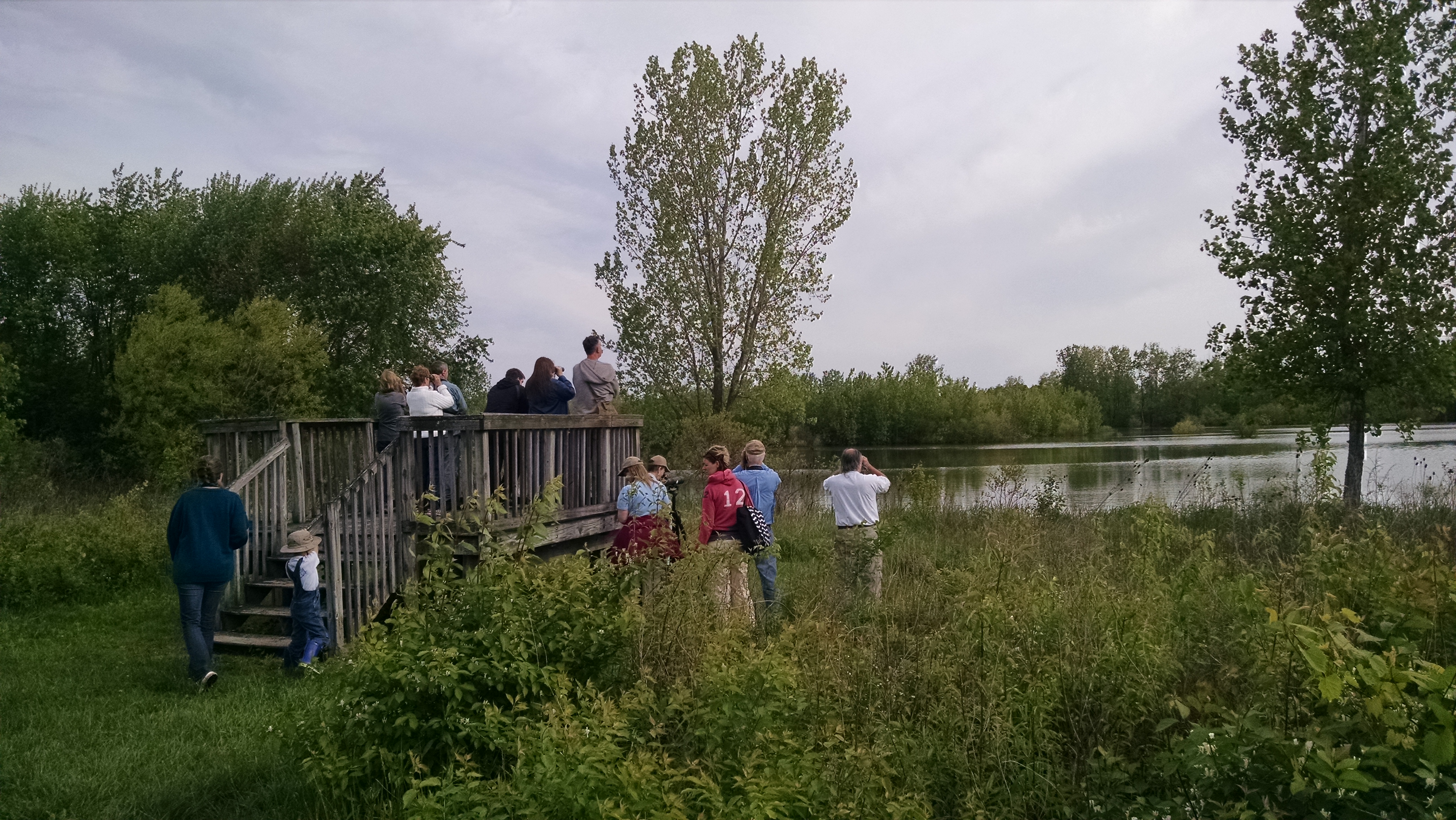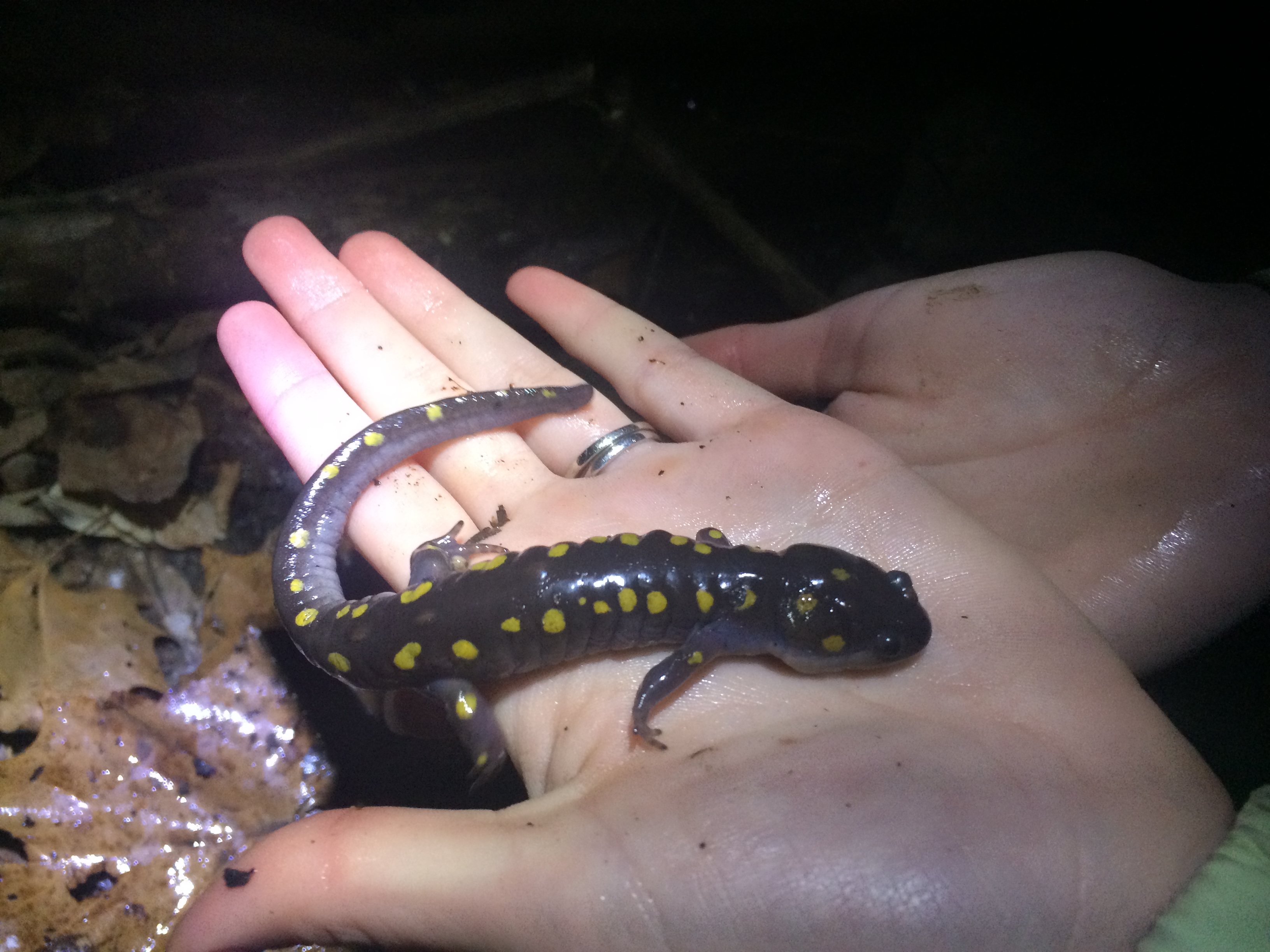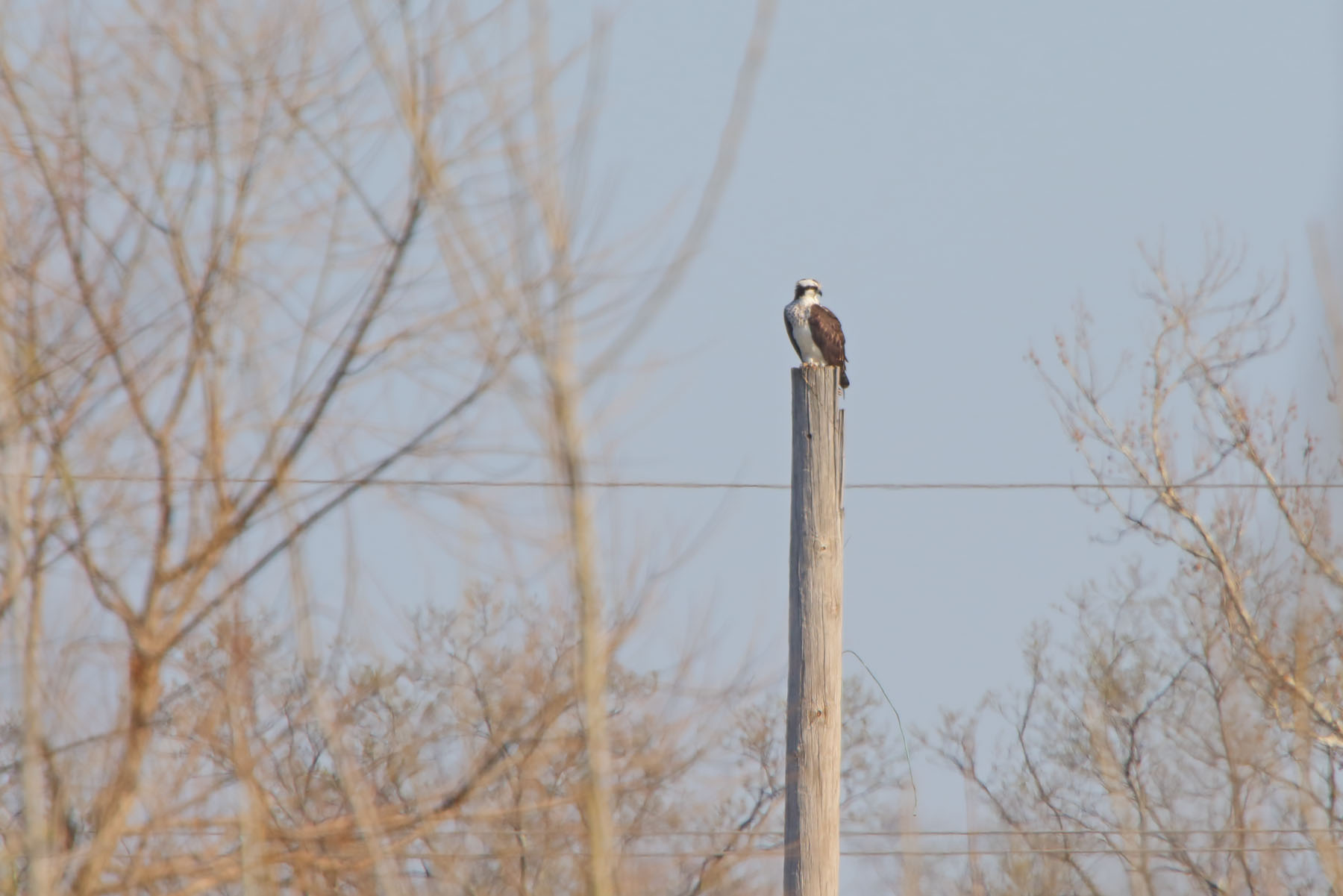MetroParks Cashless Beginning 1/1/26
MetroParks is keeping it cashless beginning 1/1/26. Credit and debit cards are welcome at MetroParks' Administrative Office and Voice of America MetroPark Welcome Center.
Cash will still be accepted for on-site program registration.

Gilmore Ponds MetroPark
Located within the City of Hamilton, 268-acre Gilmore Ponds MetroPark was designated as an Important Birding Area by the National Audubon Society. The park's wetland areas are an important habitat for shorebirds, waders and waterfowl. The park's wetland areas in depth seasonally, with the best birding opportunities happening in spring and fall during migration season.
Learn More About Gilmore Ponds
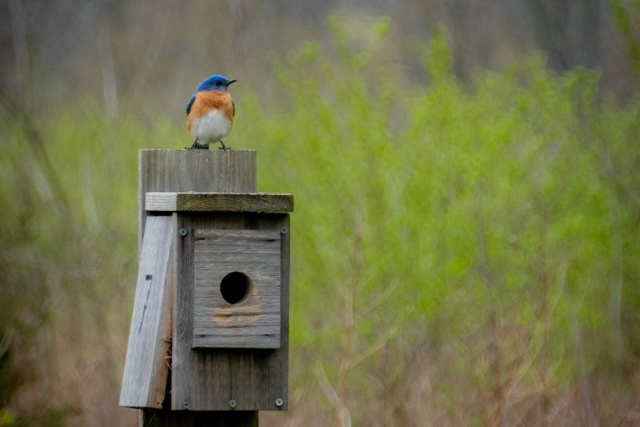
Voice of America MetroPark
Voice of America MetroParks' National Audubon Society Designated Important Birding Area is home to field-loving birds like Bobolinks, Henslow's Sparrow and more. Raptors and waterfowl can also be found in the park's prairies and the 35-acre VOA Lake.
Learn More About Voice of America

